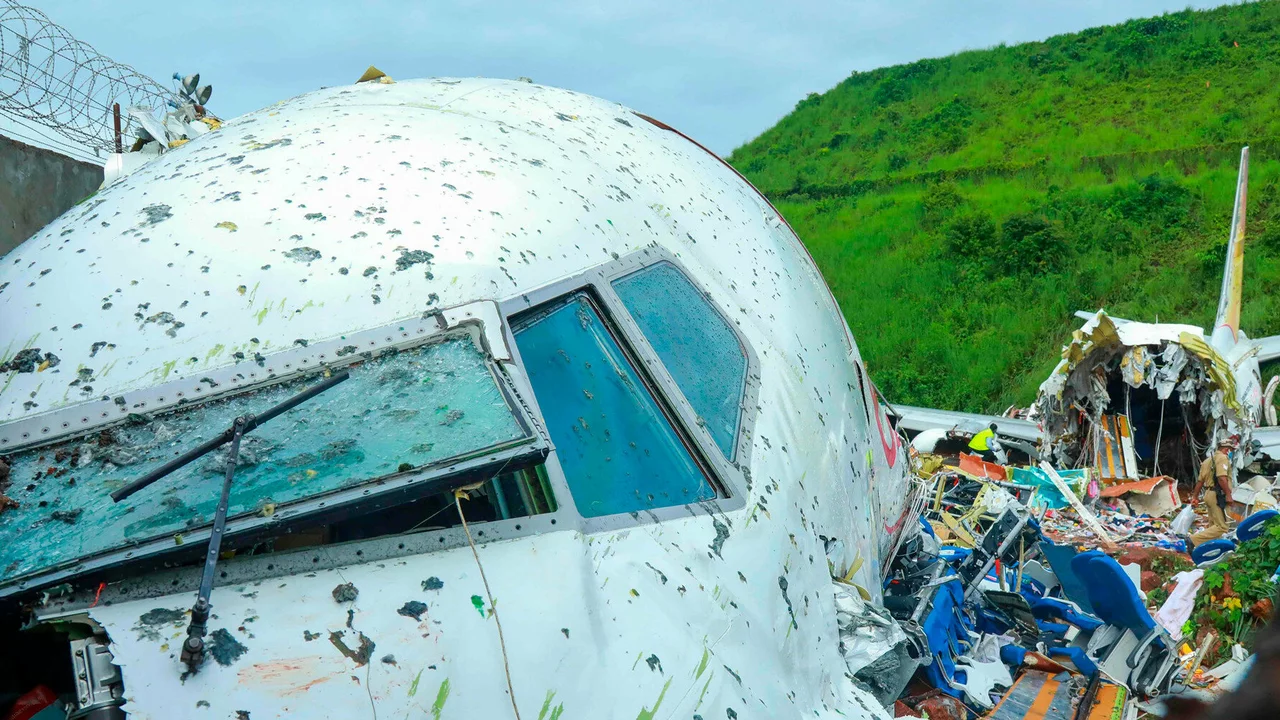An Overview of the Indian Air Force's Plane Crashes
The Indian Air Force (IAF) has been under scrutiny due to the high number of aircraft accidents. As a blogger who is passionate about aviation, I have always been intrigued by these incidents. The IAF's fleet comprises a mix of both modern and aging aircraft, and their safety performance is a matter of national concern. The reasons behind these frequent crashes vary from technical faults to human errors. In this article, we dive deep into these reasons.
The Aging Fleet
One of the primary reasons for the high number of crashes is the aging fleet of the IAF. Many of the aircraft in the fleet have been in service for several decades, with some even surpassing their intended lifespan. This not only increases the maintenance requirements but also raises the risk of unforeseen equipment failure during flight.
Aging aircraft often suffer from structural fatigue, which can cause catastrophic failures in flight. Additionally, the older the aircraft, the harder it becomes to source spare parts. These factors combined make operating an old aircraft a challenging task, increasing the risk of accidents.
Insufficient Maintenance
Another critical factor leading to crashes is the lack of proper maintenance. While the IAF has stringent maintenance procedures, the sheer number of aging aircraft in the fleet often means that these procedures aren't always followed to the letter. This lack of maintenance can lead to technical faults, which can cause accidents.
Maintenance is not just about fixing what's broken. It's a proactive procedure that involves regular checks and necessary upgrades to ensure the aircraft are flight-worthy. When maintenance is compromised, it significantly impacts the overall safety of the aircraft.
Human Errors
Human errors also contribute significantly to the number of plane crashes. This can be anything from incorrect decisions made by the pilot to mistakes made by the ground crew. Despite extensive training, human errors are inevitable and can lead to disastrous consequences.
Pilot errors often occur due to fatigue, stress, or inadequate training. In high-pressure situations, even a small lapse in judgement can have serious implications. Similarly, errors made by the ground crew during maintenance or pre-flight checks can also lead to accidents.
Lack of Advanced Training
The issue of pilot training is another factor that cannot be ignored. While the IAF does provide extensive training to its pilots, the training given often falls short in terms of preparing pilots for real-life situations. This is especially true for pilots flying the older aircraft in the fleet.
Modern flight simulators that can mimic various challenging scenarios are a rarity in the IAF. This lack of advanced training means that pilots are often ill-prepared when faced with unexpected situations, increasing the risk of crashes.
Overexploitation of Aircraft
Overexploitation of aircraft is another contributing factor to the high number of crashes. The IAF, due to its limited number of aircraft, often has to overwork its existing fleet. This leads to increased wear and tear, further reducing the lifespan of the aircraft.
Overexploitation also means that there is less time for regular maintenance checks, which are crucial for ensuring the safety of the aircraft. This, coupled with the aging fleet, significantly increases the risk of crashes.
Conclusion
The high number of aircraft crashes in the Indian Air Force is a cause of concern. It is crucial to address the issues of aging aircraft, insufficient maintenance, human errors, lack of advanced training, and overexploitation of aircraft to reduce the number of accidents. It is a complex issue that requires a comprehensive approach, involving not just the IAF, but also the government and the aircraft manufacturers. The safety of the pilots and the security of the nation should be the utmost priority.

